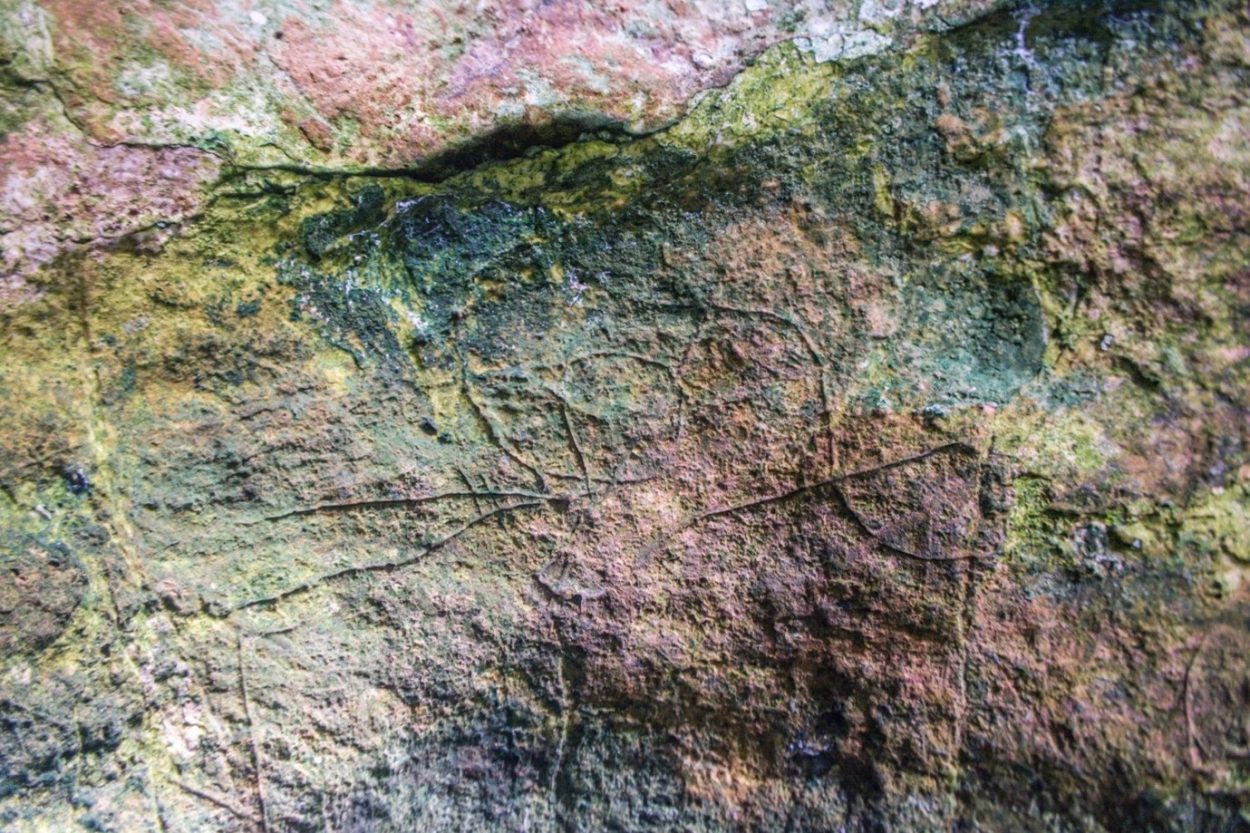Archaeologists conducting a survey in the Romanelli Cave have discovered new examples of Palaeolithic artwork and geometric signs.
The Romanelli Cave is located on the Adriatic coast of southern Apulia in Italy and was discovered in 1874. Initial studies of the cave were conducted by researchers in 1905, where they found the first examples of Palaeolithic artwork in all of Italy.
In a new study by a multidisciplinary team of archaeologists, geologists and palaeontologists, under the coordination of Sapienza – University of Rome, have discovered new images from the Late Upper Palaeolithic.
In an article published in the Journal Antiquity, the team identified artwork that includes a bovid, geometric signs, patterns made by tracing fingers through moonmilk (a soft white material that builds up in limestone caves), and a rare depiction of a bird, likely an auk. Multiple tools were used to create the art depending on the surface being engraved, and the bovid was carefully placed so that the shape of the rock would create a 3D effect.

These new images, along with those previously identified in the cave, share many similarities with those seen in cave art found in other sites across Italy, France, and even as far as Spain or Azerbaijan.
“They further confirm the existence of a shared visual heritage across a wide part of Eurasia during the Late Upper Palaeolithic, opening new questions about social dynamics, and the spread of common iconographic motifs around the Mediterranean Basin.” said Dr Sigari, noting that there are some indications this heritage could extend as far as North Africa and the Caucasus.

Excavations within the cave also revealed that the habitation phase was between 14,000-11,000-years-ago. “These new dates and the fact images are layered over each other, suggest the cave was in use for a longer period than previously supposed, with multiple episodes of art-making,” said Dr Sigari. Find out more
Header Image Credit : Antiquity





